WOODWORKING TECHNIQUES FOR BEGINNERS
Where Every Woodworker Begins
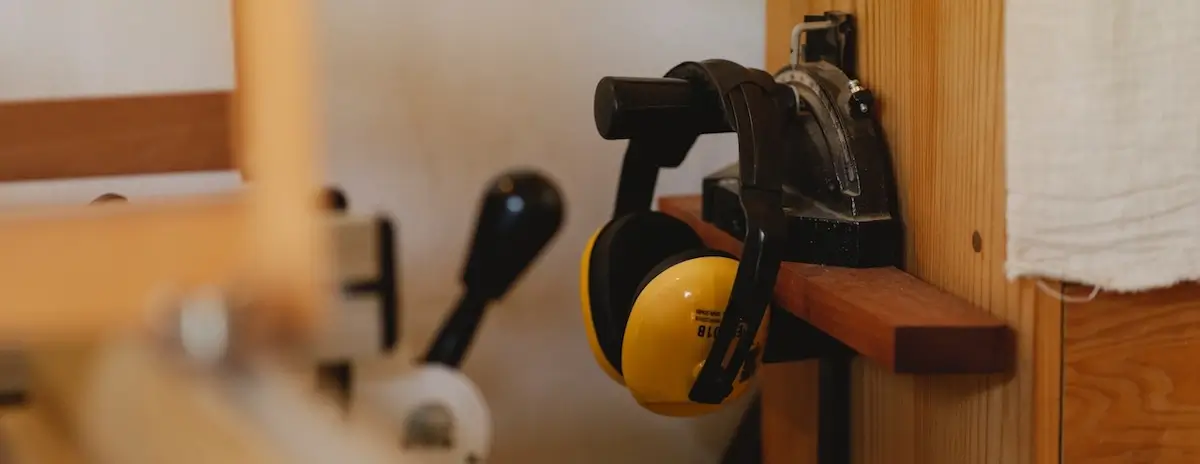
Safety First: A Crucial Woodworking Technique for Beginners
As you embark on your journey into woodworking techniques for beginners, prioritizing safety is paramount. The craft involves tools and materials that can be hazardous, especially for novices.
One fundamental principle in woodworking techniques for beginners is protecting your eyes. Always wear safety glasses. Whether you're sawing, chiseling, or sanding, debris can unexpectedly fly.
Noise is another aspect to consider. Many beginners underestimate the noise levels produced by power tools. Hence, wearing hearing protection such as earplugs or earmuffs is a must.
As beginners delve deeper into woodworking techniques, they'll come across finishes or glues that emit potent fumes. Working in a well-ventilated area is essential, and using masks can further safeguard against inhaling any harmful chemicals.
A clean workspace is not only a mark of a skilled woodworker but also an essential safety technique. For those new to woodworking, maintaining an organized workspace minimizes risks and enhances efficiency.
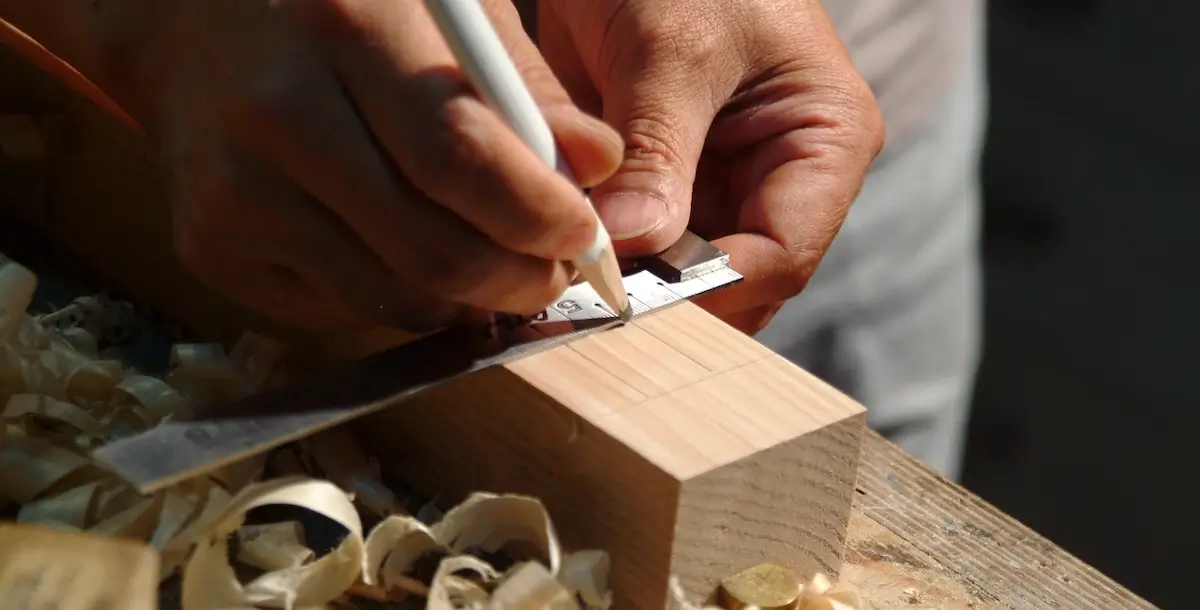
Measuring and Marking: Core Woodworking Techniques for Beginners
As you explore woodworking techniques, you'll quickly realize the importance of accurate measuring and marking. It's often said in the woodworking community: "Measure twice, cut once." This adage underscores the value of precision in the craft.
When delving into woodworking techniques for beginners, having the right tools for measuring is crucial. Using a tape measure is ideal for long measurements, while a steel ruler is best suited for shorter, precise ones.
Ensuring correct angles is another foundational element in woodworking. For beginners, tools like a square can be invaluable for this. Marking gauges, on the other hand, are perfect for marking parallel lines, ensuring consistency across your project.
As you progress and refine your woodworking techniques, you'll discover that meticulous measuring and marking set the stage for the entire project. An error at this stage can cascade into larger issues later on, so take your time and prioritize accuracy.
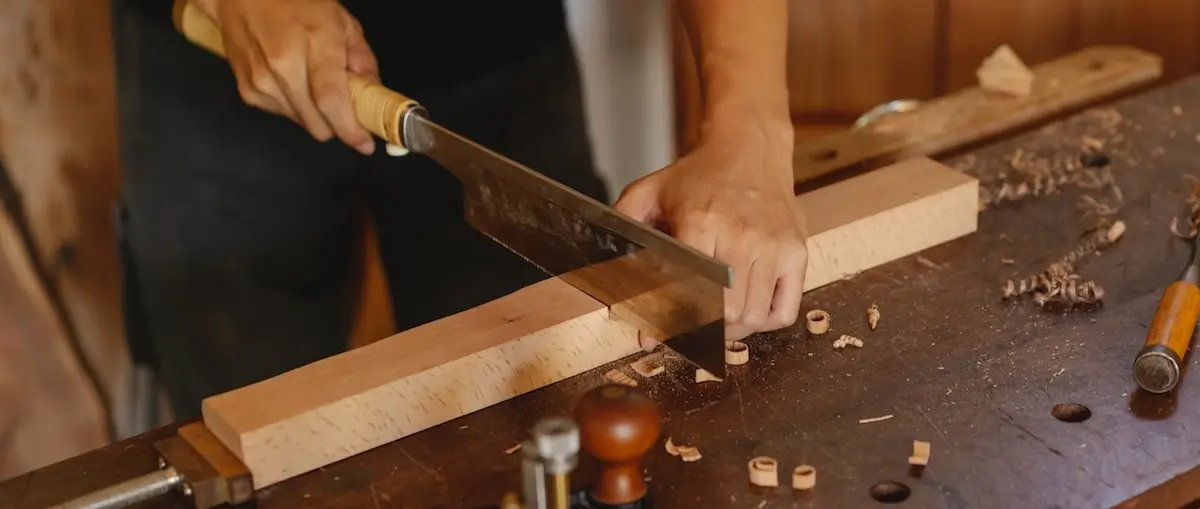
Cutting: A Fundamental Woodworking Technique for Beginners
When you step into the realm of woodworking techniques for beginners, cutting stands out as one of the most foundational skills. A clean, precise cut can set the tone for the rest of your project.
Various tools come into play when cutting wood. As beginners familiarize themselves with woodworking techniques, understanding when and how to use each tool becomes crucial. For instance, handsaws are versatile and can handle a range of tasks. However, for straight, long cuts, power tools like circular saws or table saws might be more appropriate.
The key to achieving flawless cuts isn't just about the tool, but also about its condition. A sharp blade is indispensable. As you delve deeper into woodworking techniques for beginners, you'll recognize the difference a sharp blade can make, ensuring cleaner edges and reduced chances of wood splintering.
Remember, while cutting might seem straightforward, mastering it requires practice. As with all woodworking techniques, patience and persistence will pave the way to perfection.

Drilling: Mastering a Key Woodworking Technique for Beginners
As you journey through woodworking techniques for beginners, you'll soon encounter the necessity of drilling. Creating precise holes in wood, whether for joinery or decorative purposes, is an art in itself.
For those just starting with woodworking techniques, the choice between a handheld drill and a drill press might arise. While handheld drills offer portability and are ideal for most general tasks, a drill press provides unmatched precision, especially for repetitive and exact hole placements.
But it's not just about the machine. The drill bits themselves play a pivotal role. They come in various sizes and types, each designed for specific applications. As beginners explore woodworking techniques, understanding the differences between these bits and their uses becomes invaluable.
Drilling might seem simple, but achieving clean, splinter-free holes takes practice. As is the case with all woodworking techniques for beginners, the more you drill, the better you'll become. So, keep practicing and refining your technique.
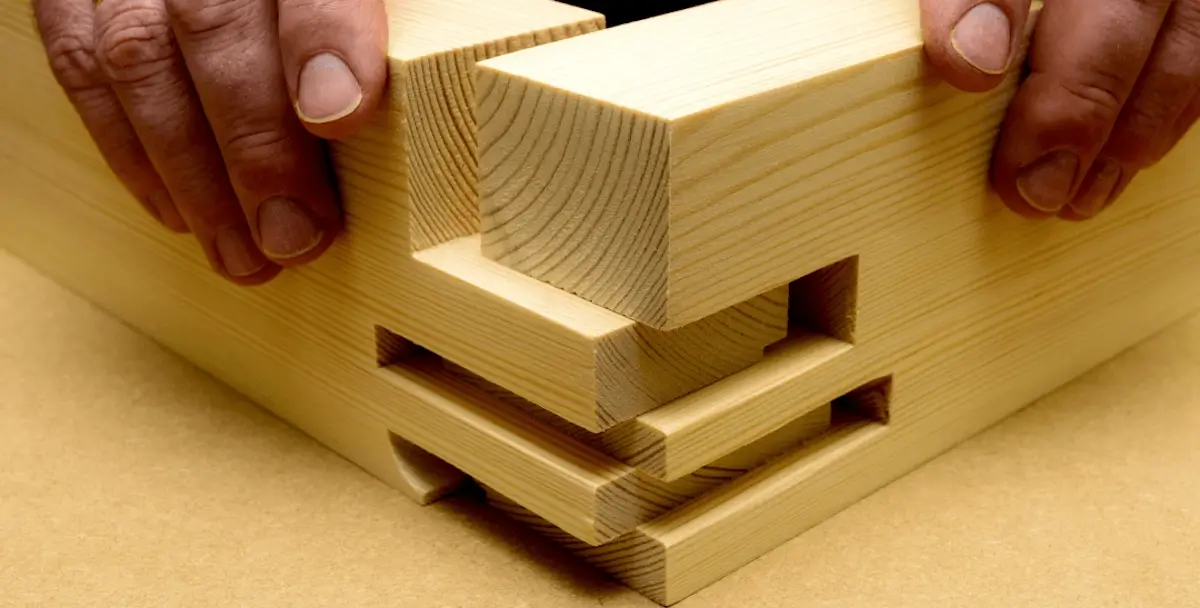
Joinery: Connecting the Pieces in Woodworking for Beginners
As one navigates the world of woodworking techniques for beginners, the art of joinery emerges as a central skill. Joinery is all about connecting pieces of wood together to create sturdy and cohesive structures.
There's a plethora of joints to explore, each with its unique advantages and applications. For those new to woodworking, starting with basic joints can provide a solid foundation. Examples include butt joints, which are simple and straightforward, lap joints that offer more surface area for gluing, and the classic mortise and tenon joints known for their strength.
Mastering joinery is a rewarding endeavor. It not only strengthens your creations but also adds a touch of craftsmanship that distinguishes handmade furniture from mass-produced ones.
While joinery might seem daunting at first, it's a skill that becomes more intuitive with practice. As with all woodworking techniques for beginners, persistence and a willingness to learn are key.

Sanding: Achieving Smoothness in Woodworking for Beginners
Delving into woodworking techniques for beginners introduces one to the pivotal step of sanding. Sanding ensures that wood surfaces are smooth to the touch and free from any imperfections, making it a cornerstone of quality woodworking.
The process typically starts with a coarse-grit sandpaper to remove significant roughness and unevenness. As the wood becomes smoother, one transitions to finer grits, which refine the wood's surface, preparing it for finishing.
While the act of sanding might seem mundane, it's a technique that demands attention to detail. Ensuring even pressure, moving with the grain of the wood, and regularly checking your progress are vital aspects of effective sanding.
As beginners continue to explore the world of woodworking techniques, the value of a well-sanded piece becomes evident. Not only does it enhance the tactile experience of the wood, but it also lays the foundation for a flawless finish, be it paint, varnish, or oil.
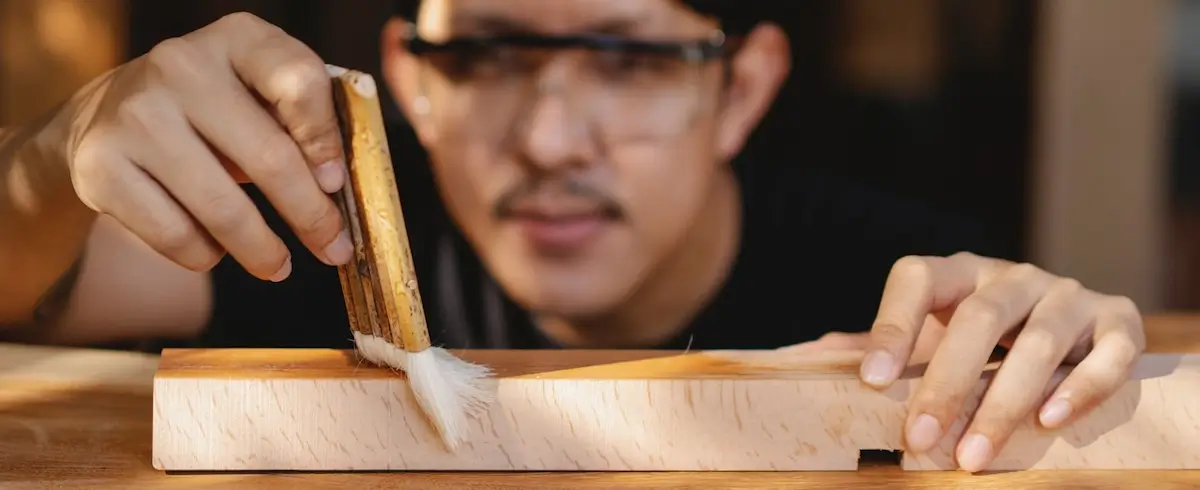
Finishing: The Final Touch in Woodworking for Beginners
As beginners explore the realm of woodworking techniques, they'll soon appreciate the transformative power of finishing. This last stage in a project can elevate the wood's beauty, highlighting its grain and unique characteristics.
There are multiple finishing options available, each with its benefits. Paint can give wood a complete makeover, hiding its natural look but offering a broad spectrum of colors. Stain, on the other hand, alters the wood's color while letting its natural grain shine through. Varnishes and oils provide protection and a pleasing sheen, emphasizing the wood's inherent beauty.
Choosing the right finish is essential. Not only does it affect the wood's appearance, but it also plays a role in its durability and resistance to wear and tear.
Perfecting the art of finishing is an ongoing journey. With each project, as beginners delve deeper into woodworking techniques, they'll discover nuances and tricks that lead to impeccable results.

Final Thoughts on Mastering Woodworking Techniques for Beginners
Woodworking, like any art form, is a journey of continuous learning and growth. As beginners uncover the layers of woodworking techniques, they'll encounter challenges and achievements alike.
It's natural for the initial steps in this craft to come with a curve, where not every project turns out as envisioned. However, it's essential to remember that every mistake is a lesson in disguise.
The world of woodworking techniques for beginners is vast and diverse. With consistent practice, dedication, and a touch of patience, anyone can hone their skills, elevating their craft to new heights.
Here's to the countless hours of crafting, the joy of creating, and the satisfaction of seeing a project come to life. Happy woodworking to all aspiring artisans!
